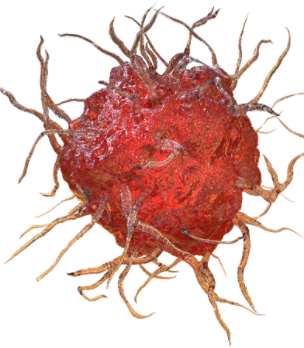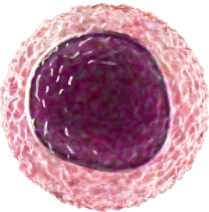Systemic Pathophysiology of Psoriasis
Although psoriasis commonly presents with skin manifestations, the underlying cause is more than skin deep. It is important to recognize that psoriasis is a chronic, systemic, inflammatory disease.1
At a cellular level, psoriasis is the result of a sustained proinflammatory response caused by dysregulation of a complex signaling pathway involving dendritic cells, T-cell activation, and production of proinflammatory cytokines.2-5

Look Deeper
This image illustrates the mechanism of disease and shows the potential burden of moderate psoriasis beyond skin involvement.6
Learn More
Interact Deeper
Check your knowledge about psoriasis here. These questions will provide useful tips about psoriasis to assist you in providing care for your patients.




Watch Deeper
The first chapter in this video series explores the impact of systemic inflammation on patients with moderate psoriasis.
Patients with psoriasis may have other serious comorbidities, including psoriatic arthritis. Healthcare professionals can regularly assess patients with psoriasis for potential signs and symptoms associated with this systemic disease and facilitate multidisciplinary care for appropriate patients.6

Menter A, et al. J Am Acad Dermatol. 2019;80(4):1029-1072.
Korman NJ. Br J Dermatol. 2020;182(4):840-848.
Lowes MA, et al. Annu Rev Immunol. 2014;32:227-255.
Benezeder T, et al. Semin Immunopathol. 2019;41(6):633-644.
Nestle FO, et al. N Engl J Med. 2009;361(5):496-509.
Van Voorhees AS, et al. The Psoriasis and Psoriatic Arthritis Pocket Guide: Treatment Algorithms and Management Options. 6th ed. www.psoriasis.org/physician-member-benefits-portal/. Accessed June 8, 2021.